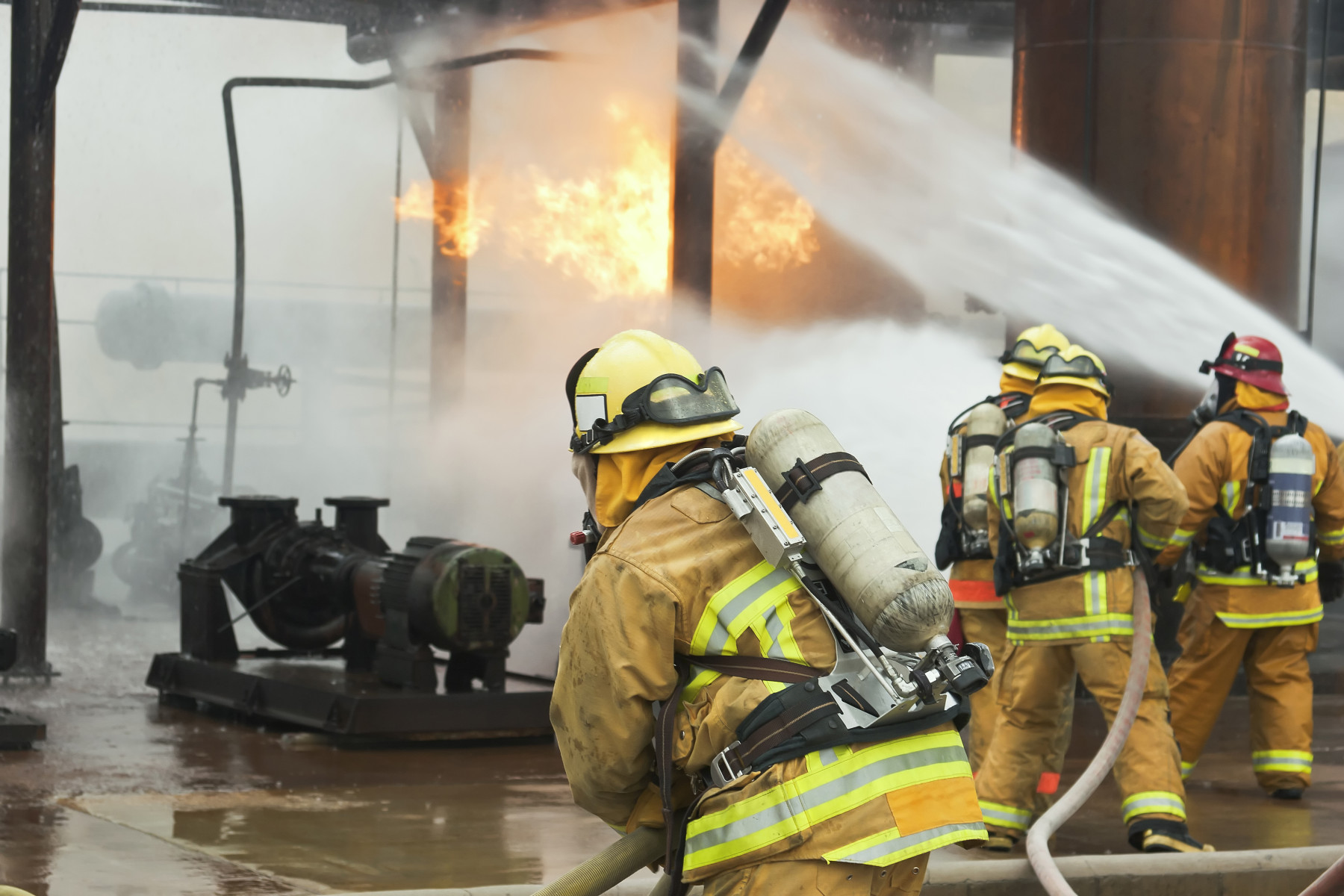It’s that time of year again: tax season. Adding further to the discomfort of tax season is the stress over the looming costs of the Covid-19 pandemic, and the implications of that cost on our government and public service infrastructure. Who will pay more to cover the cost of relief required over the past year? Which sectors will get less budget allocation?
Fire protection and emergency services are funded, largely, by taxpayer money. And while we continue to ask more of our emergency services amidst a pandemic, opioid crisis, and budget cuts to critical health and safety services, there is not a commensurate allocation of taxpayer money. One mechanism employed by many fire departments to meet their increasing budget needs is cost recovery. Cost recovery for fire departments assumes a hybrid model for funding public services. Taxes pay for the establishment, operation and specialized training of community protection and emergency services, while the cost of responding to the individual incident is reimbursed by the insurance of the person with the emergency. After all, we purchase insurance to cover the cost of unplanned emergencies.
Critics of cost recovery argue that public services should be paid exclusively with taxpayer money. And yet, Americans have a deep resistance to raising taxes. When most people are given the choice between paying more taxes for blanket protection of their entire community, or paying lower taxes and supplementing the cost of emergency services as the services are used, most people choose the latter.
While we can encourage models that keep our communities safe and protected, support our emergency workers and critical services, and give individuals more choice and transparency on where and how their money is spent, taxes will still be – as Franklin noted – as certain as death.
And if you live in any of the following states, according to a recent study by WalletHub, you can expect to pay more of your personal income to Uncle Sam. Their analysis looked at property, income, sales and excise tax across 50 states to rank them by total tax burden, a measure better than tax rates, which vary widely within each state.
| RANK | STATE | TAX BURDEN |
| 20 | Arkansas | 8.8% |
| 19 | Louisiana | 8.82% |
| 18 | West Virginia | 8.84% |
| 17 | Wisconsin | 8.89% |
| 16 | Ohio | 8.96% |
| 15 | Mississippi | 8.99% |
| 14 | Nebraska | 9.01% |
| 13 | Iowa | 9.26% |
| 12 | Maryland | 9.32% |
| 11 | Kansas | 9.36% |
| 10 | California | 9.48% |
| 9 | Illinois | 9.52% |
| 8 | Rhode Island | 9.69% |
| 7 | New Jersey | 9.98% |
| 6 | Minnesota | 9.99% |
| 5 | Connecticut | 10.44% |
| 4 | Maine | 10.5% |
| 3 | Vermont | 10.75% |
| 2 | Hawaii | 12.19% |
And the state with the highest tax burden:
1 – New York at 12.79%
